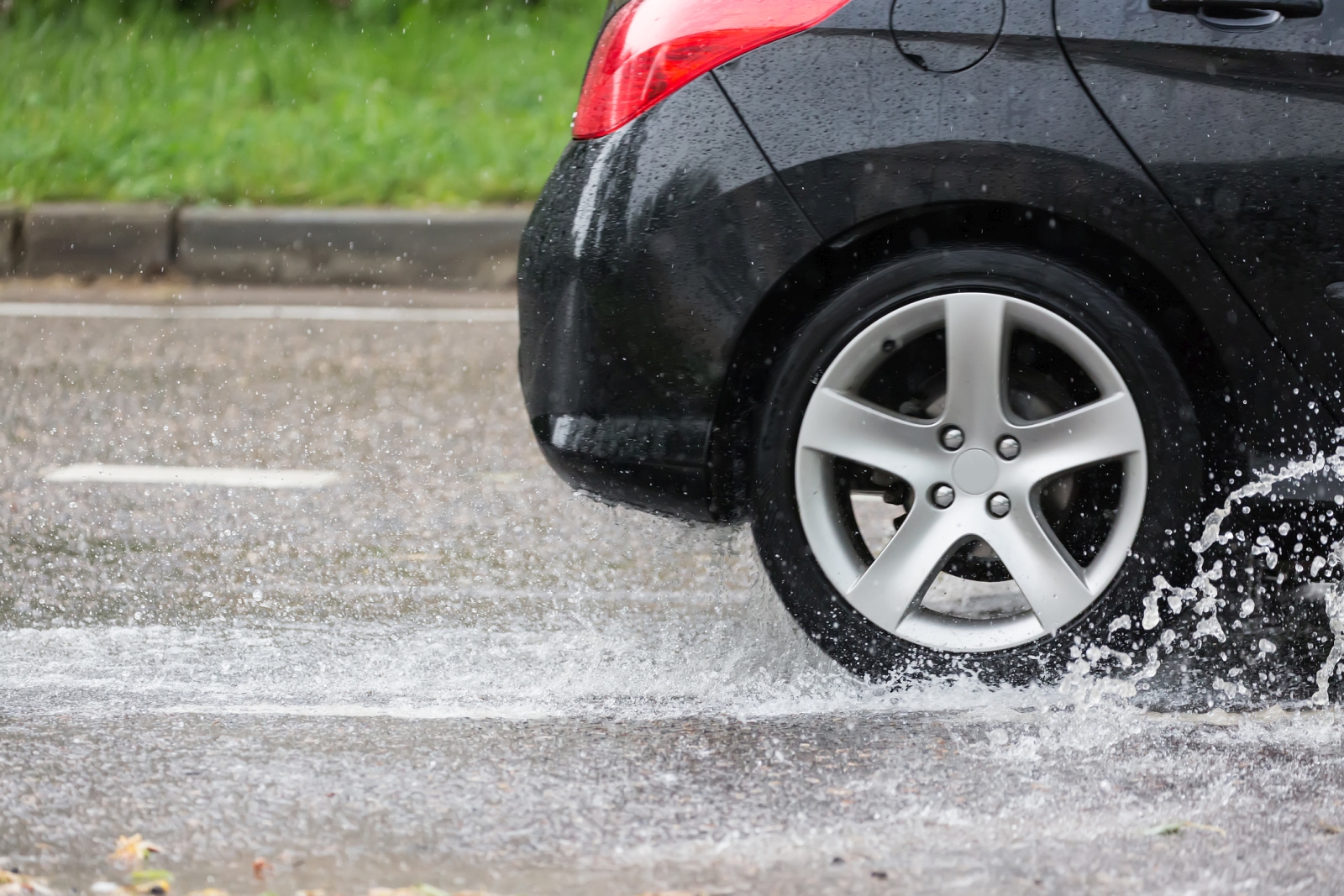Slippery roads in the summer? That’s how it is!
ZOAB
This mainly concerns highways and N-roads, where a layer of ZOAB (Very Open Asphalt Concrete) has been laid. After weeks of drought, oil, dirt and rubber have accumulated in the asphalt. In a medium rain, those residues can mix and come to the surface. The result? A speckled layer on the asphalt that feels like you’re driving on ice.
Foam
How do you recognize a slippery road? Often it is small bubbles or an incipient layer of foam on the road surface. That foam, which forms a layer between your tires and the asphalt, causes the slipperiness.
‘Mayonnaise’
It can also happen that rubber, oil, dirt and dust mix into a kind of gunk when it rains. This can look like a slimy, sticky layer on the asphalt. In Belgium, this is why people speak of “mayonnaise” on the road. Not the sauce on Belgian fries, but the layer that creates treacherous slipperiness on our roads. In short: if there are bubbles, foam or slimy ‘mayonnaise’ on the road, watch out!
Probability
The likelihood of slipperiness is considerably lower with a small drizzle or very heavy rainfall. In the case of drizzle, there is not enough moisture to allow the accumulated dirt from the ZOAB to float to the top. Are there solid torrential rains? Then the dirty residue flows off the road surface faster.
Tips
What can you do as a road user? Pay close attention, check the weather reports and keep an eye on any traffic warnings. Adjust your driving behavior as needed and do not make unexpected maneuvers. With sudden braking or an abrupt steering movement, you can sometimes easily get into a skid. Keep enough distance from your vehicle in front and give a little more room to motorcyclists and cyclists, who are especially vulnerable in these conditions. And taking a skidding course never hurts.
Also read:

